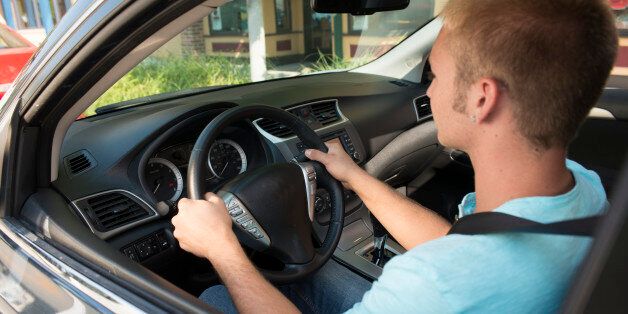
State Farm/Flickr
Εφαρμογή η οποία θα «φέρνει» το δίπλωμα οδήγησης στο smartphone αναπτύσσει η πολιτεία της Αϊόβα στις ΗΠΑ.
Όπως αναφέρεται σε σχετικό δημοσίευμα του BBC, η εν λόγω εφαρμογή θα χρησιμοποιεί έναν αριθμό ΡΙΝ για επαλήθευση και βιομετρική ταυτοποίηση προκειμένου να είναι δυνατός ο έλεγχος του ατόμου που επιχειρεί να αποκτήσει πρόσβαση, σύμφωνα με αξιωματούχους.
Διαφήμιση
Σε πρώτη φάση αναμένεται να ξεκινήσει πιλοτικό πρόγραμμα μέσα στο επόμενο έτος. Σημειώνεται ότι η πολιτεία είναι μία από τις 30 οι οποίες επιτρέπουν σε οδηγούς να επιδεικνύουν ηλεκτρονικά την ασφάλεια αυτοκινήτου τους.
Παράλληλα, επισημαίνεται ότι οι οδηγοί θα έχουν σε κάθε περίπτωση τη δυνατότητα χρήσης της «κανονικής» τους, έντυπης άδειας οδήγησης, σύμφωνα με τις αρχές.